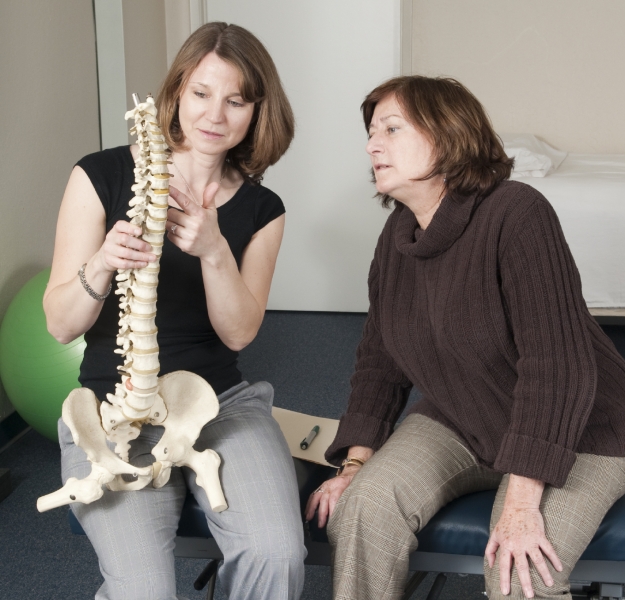
We make snap judgements about people many times a day, based on no more than how they appear in front of us. Though we don’t realise that our view of ourselves - our self-image - is reflected in what we do and how we are, we know it at least at an unconscious level.
From cues such as their stance, facial expression and tone of voice, we pick up information about people’s self-image, and use this to form an opinion of that person. When someone has the corners of the mouth turned down you tend to think they’re sad; when thoughts are turned inward they may stoop over, look down or frown. You don’t always get it right, but you get a general picture of how things are.
A trained observer can assess self-image quite accurately, and to some extent, that is what feldenkrais practitioners do.
What is The Feldenkrais Method?
Moshe Feldenkrais, the person responsible for this method of treatment, was an engineer, physicist and keen observer of human movement. His method uses awareness to improve movement, co-ordination and flexibility in order that we may use our bodies more efficiently.
People such as dancers and athletes are often acutely aware of their movement; it’s in their interest to pay close attention because as soon as they lose focus, they’re liable to injure themselves. They also know that the mind affects the way the body behaves. We have a lot to learn from this.
Whilst for most of us moving is generally unconscious, we can use a lot less effort when we bring some consciousness to it. And then there is the possibility of changing the way we habitually do things.
Stiffness of body and mind may be the cause of many of the problems that we suffer from. Moshe Feldenkrais understood that and said: “What I’m after isn’t flexible bodies, but flexible brains.” He knew that what goes on in the mind, has an effect on the body, so in order to treat body issues, we need to be aware of the mind.
What Happens In a Feldenkrais Treatment?
Your reason for visiting a practitioner will of course have some bearing on the shape of the treatment. That the whole body is affected by its parts is central to the feldenkrais philosophy, so the practitioner may not focus directly on the"‘sore" part.
You stay fully clothed, and the treatment may take place on the floor, a low bed or sitting, depending on your needs.
There are two distinct sorts of treatment:
- Functional integration: One-to-one sessions where the therapist will use gentle movement of the tissue to show you other and better ways to move your body so it is used well. This will help to restore optimal movement and reduce pain.
- Awareness through movement: This is usually done in a group. Instruction is given in how to make routine daily movements more efficient, and thus we can become more mobile. This is done by showing how to do movements like sitting and standing, as well as proper breathing very slowly in order to get full awareness.
Feldenkrais treatments increase our awareness of particular issues, and this quickly flows over into everything we do. So, like a well-trained athlete, we will soon be noticing when things are not ‘working well’ which gives us the opportunity to change something in order to head off trouble before it becomes ingrained.
Find a Feldenkrais practitioner in your area to learn more or arrange a treatment.
|
Do you have a natural health & wellness business? |









